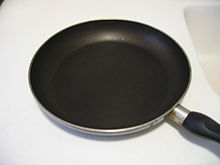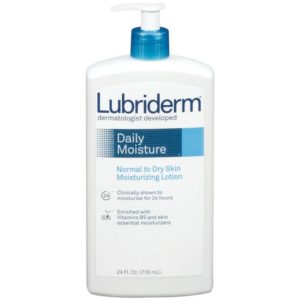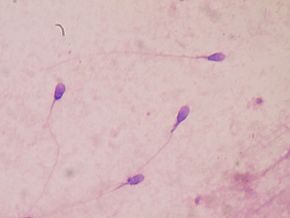
Forever chemicals are in the news all the time now. A very interesting and well-researched article was recently published by the investigative journalism site ProPublica about Kris Hansen, a chemistry PhD who worked at 3M company. Initially, as part of her job in 1997, she documented that forever chemicals (PFOS, PFAS) were showing up in everyone's blood - both workers at the company, as well as people outside the company. Animals also. But then her work was suppressed, her bosses at 3M convinced her the chemicals were safe, and she continued working there for years.
Also... she was sidelined by her bosses after her initial findings, her job became more limited at the company, and finally she moved to a different area of the company (medical devices). Yet for years she told her husband and herself that the chemicals were safe. Only in 2021, after watching a John Oliver segment on TV about forever chemicals, she finally googled PFOS. But she only left the company in 2022 (after 26 years) when her job was eliminated.
One interesting part to me was - How did she rationalize doing nothing and continue working there for decades? She knew it was appearing in everyone's blood, there was research (animal and human) available showing it caused harms, and yet.... she chose to believe what management was saying (it's safe), stayed silent, and basically buried her head in the sand. Didn't want to know...
Yes, I've seen this elsewhere - when interacting with people in higher level white collar jobs in the pesticide industry. Their salaries are good, their jobs depend on denialism and ignoring scientific research, and so they spout the industry line of "it's safe"..."nothing is proven". So it continues...
A few excerpts from ProPublica: Toxic Gaslighting: How 3M Executives Convinced a Scientist the Forever Chemicals She Found in Human Blood Were Safe
The next morning, anxious to see the results, Hansen arrived at the lab before anyone else. For the first time since she had begun testing blood, some of the samples showed no trace of PFOS. She was so struck that she called her husband. There was nothing wrong with her equipment or methodology; PFOS, a man-made chemical produced by her employer, really was in human blood, practically everywhere. ...continue reading "Denialism and Cover-up At Manufacturer Of Forever Chemicals"



 The toxic chemicals PFAS, commonly referred to as "forever chemicals" (due to their buildup and persistence in people and the environment) are in the news again. Once again, it's bad news. This time, researchers
The toxic chemicals PFAS, commonly referred to as "forever chemicals" (due to their buildup and persistence in people and the environment) are in the news again. Once again, it's bad news. This time, researchers  Chemicals known as "forever chemicals" or PFAS have been in the news a lot recently. This is because PFAS (per- and polyfluoroalkyl substances) are in so many products that we all use, yet research is showing more and more health harms from them. Including to pregnant women and developing babies.
Chemicals known as "forever chemicals" or PFAS have been in the news a lot recently. This is because PFAS (per- and polyfluoroalkyl substances) are in so many products that we all use, yet research is showing more and more health harms from them. Including to pregnant women and developing babies. Unfortunately, unprocessed and minimally processed foods are more expensive than ultra-processed foods. So it wasn't surprising that socioeconomic levels (including income levels) made a difference - the lower the household income, the greater the average ultra-processed food intake.
Unfortunately, unprocessed and minimally processed foods are more expensive than ultra-processed foods. So it wasn't surprising that socioeconomic levels (including income levels) made a difference - the lower the household income, the greater the average ultra-processed food intake.

 Do you know what chemicals you're exposed to on a daily basis? A recent study found that women with cancers of the breast, uterus, skin (melanoma), or ovaries had significantly higher levels of certain endocrine disrupting chemicals in their bodies than women without any of those cancers.
Do you know what chemicals you're exposed to on a daily basis? A recent study found that women with cancers of the breast, uterus, skin (melanoma), or ovaries had significantly higher levels of certain endocrine disrupting chemicals in their bodies than women without any of those cancers.